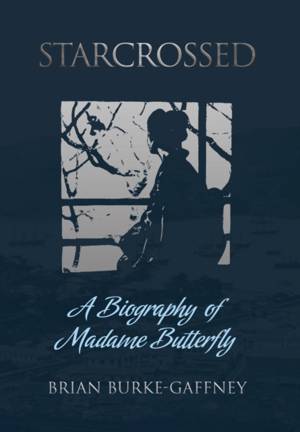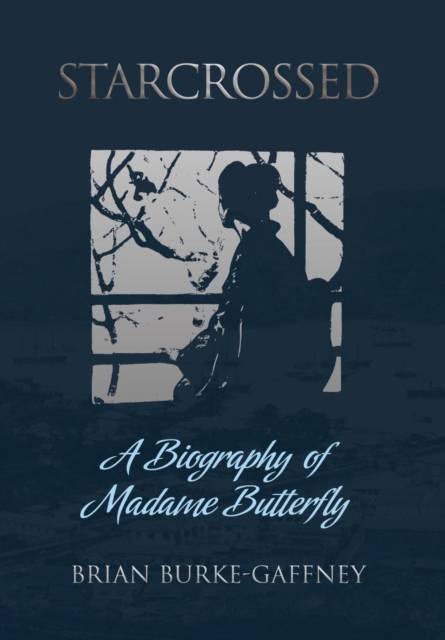
- Retrait gratuit dans votre magasin Club
- 7.000.000 titres dans notre catalogue
- Payer en toute sécurité
- Toujours un magasin près de chez vous
- Retrait gratuit dans votre magasin Club
- 7.000.0000 titres dans notre catalogue
- Payer en toute sécurité
- Toujours un magasin près de chez vous
Description
Giacomo Puccini's opera Madame Butterfly has enjoyed tremendous popularity in Europe and America since its debut in 1904. It has also inspired a global-level debate about whether the tragic heroine of the opera, Cho-Cho-san, was based on a real-life model.
Starcrossed looks at this controversy and presents compelling evidence that, in fact, there was no real life Cho-Cho-san. Nonetheless, the author demonstrates that, despite the cultural disparities evoked by the opera and the clash of values embodied in it, there lie buried in the history of Nagasaki many untold tales of true international romance and cooperation.
Nagasaki, the setting for the opera, holds many of the answers to the international identity debate, however, the city has remained virtually silent in the matter, in large part, argues Burke-Gaffney, because the story of Madame Butterfly is locally viewed as a Western romance with values alien to many Japanese.
Penetrating beyond consideration of Madame Butterfly as a work of art, Starcrossed explores the literature from which the opera springs, including a wide variety of primary sources in both Japanese and Western languages. Drawing on these insights, Burke-Gaffney presents the opera as a window on Japan's changing relationship with Europe and America from the seventeenth century through the post World War II occupation.
Finally, Starcrossed looks at the sites in Nagasaki which were related to the development of Madame Butterfly and presents an engaging display of illustrations and photographs from the past hundred years.
Spécifications
Parties prenantes
- Auteur(s) :
- Editeur:
Contenu
- Nombre de pages :
- 238
- Langue:
- Anglais
Caractéristiques
- EAN:
- 9781788690447
- Date de parution :
- 01-06-04
- Format:
- Livre relié
- Format numérique:
- Genaaid
- Dimensions :
- 152 mm x 229 mm
- Poids :
- 471 g

Les avis
Nous publions uniquement les avis qui respectent les conditions requises. Consultez nos conditions pour les avis.






